Molds like moist conditions because that’s the best environment for them to grow. High humidity can also be a problem, causing decay and hiding damage to basements and upper floors of the house. In addition, it can reduce indoor air quality and make you feel uncomfortable.
In general, the appropriate indoor relative humidity should be between 30 and 60 percent. Otherwise, areas like basements and crawl spaces, already prone to moisture and will develop musty smells and mold. There are many ways to deal with humidity, and investing in a dehumidifier is one of the best ways to remove excess moisture from the air. Portable and whole-house systems are the main types of dehumidifiers. A whole-house system unit will be your best choice if you want to do whole-house dehumidification. In addition, commercial or industrial-strength dehumidifiers can dry basements, crawl spaces, and any space more efficiently. According to the size range, dehumidifiers can be divided into portable, room-type, and full-house system units. However, they work the same way. First, you set the desired humidity level. When the humidity sensor’s current humidity level is higher than the set value, the unit runs. When moisture moves the supercooled metal coils, it condenses into water and drains it into a drainpipe or bucket.
If you want to purchase a dehumidifier for your damp basement, there are several elements that you should consider.
- Chose the correct size
How to choose the right size dehumidifier? If you need dehumidifying space in 500 square feet, you need a dehumidifier that can hold 15 pints of water. And for every 500 square feet of additional space, the dehumidifier also requires an extra seven pints of water. So a 1,500 square foot space requires a dehumidifier with a total capacity of about 29 pints. When the basement is very humid, you need a dehumidifier that can hold 25 pints of water for every 500 square feet of space. The dehumidifier needs ten pints of water each time the basement is added to 500 square feet. So a 1,500-square-foot basement should have a dehumidifier with a capacity of at least 45 pints of water.
- Drainage
The dehumidifier has two drainage modes: manual drainage and automatic drainage. Manual drainage means that people empty the collected water. Compared with this, automatic drainage is much more convenient. Automatic drainage can also be divided into gravity and drainage hose drainage or condensate pump drainage. It is worth mentioning that condensate pumps are the easiest way to drain water. The collected water will be automatically pumped into the sink or sump pump system.
- The function of the dehumidifier
The feature of the dehumidifier is also one of the factors to consider whether to buy. The typical basement dehumidifier on the market has the following functions :
- An automatic dehumidifier can be turned on or off automatically according to the set humidity and saves energy.
- Automatically restart the dehumidifier. If the dehumidifier is powered off, the dehumidifier automatically continues.
- The low-temperature operation, even at low temperature, can run normally.
- Automatic defrost can thaw the ice on the unit to operate in cold temperatures.
- Air filters, install air filters that capture allergens and particles to help reduce allergy symptoms and protect equipment components from damage caused by dust and debris.
ALORAIR specializes in water damage and dehumidification solutions, and we have a variety of dehumidifiers for different purposes. Our innovative R&D in Precooling Circuit Technology, SLGR Microchannel Technology, Intelligent Wifi Control App, and many more will give you a perfect shopping experience. If you seek an ideal representation of high performance, durability, and reliability, ALORAIR is the right choice. Feel free to contact us if you have any needs or you want to get more information!






-(1).png)
.jpg)
.jpg)
.jpg)

.jpg)

.HDi90.png)
.HD90.png)



.jpg)
.jpg)

.jpg)
.jpg)
.jpg)







.jpg)
.jpg)
.jpg)





.jpg)
.jpg)









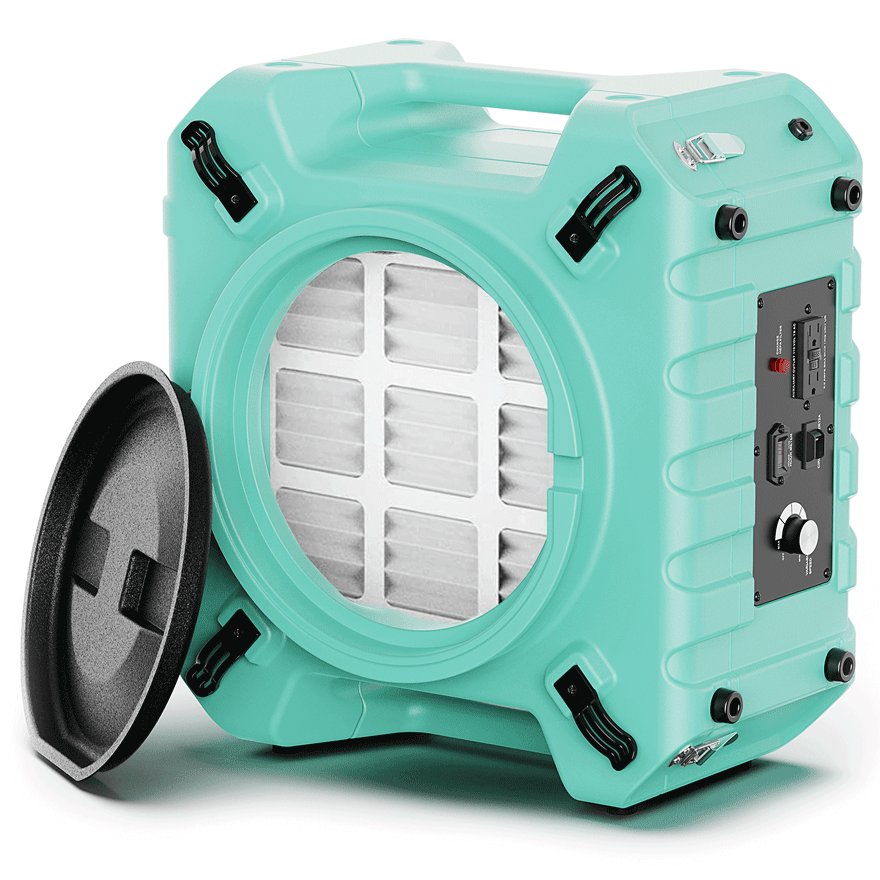

.jpg)
.jpg)








.jpg)
.jpg)
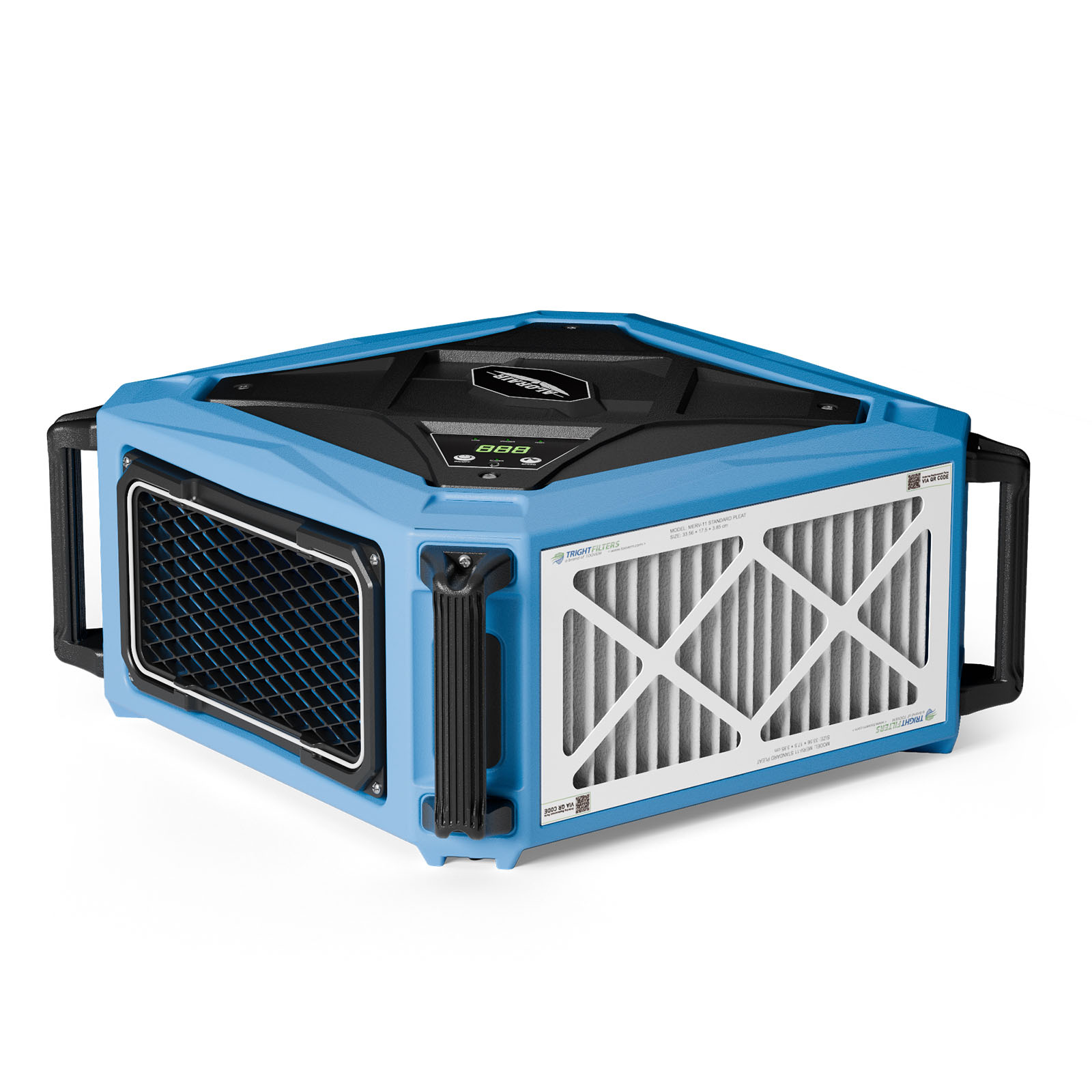










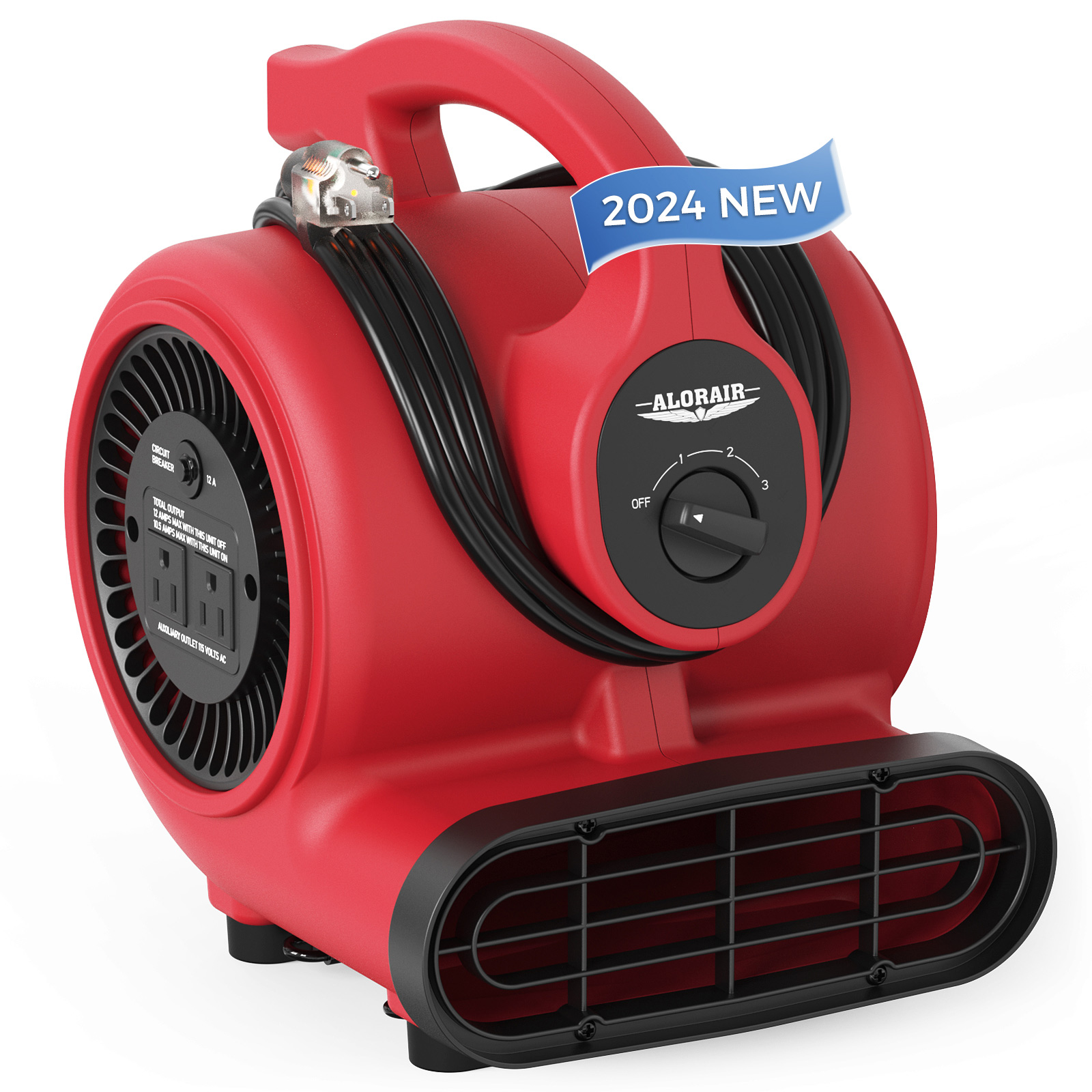
.webp)
.webp)
.webp)
.webp)
.jpg)
.jpg)
.jpg)
.jpg)
.jpg)
.jpg)
.jpg)
.jpg)
.jpg)
.jpg)
.jpg)
.jpg)
.jpg)

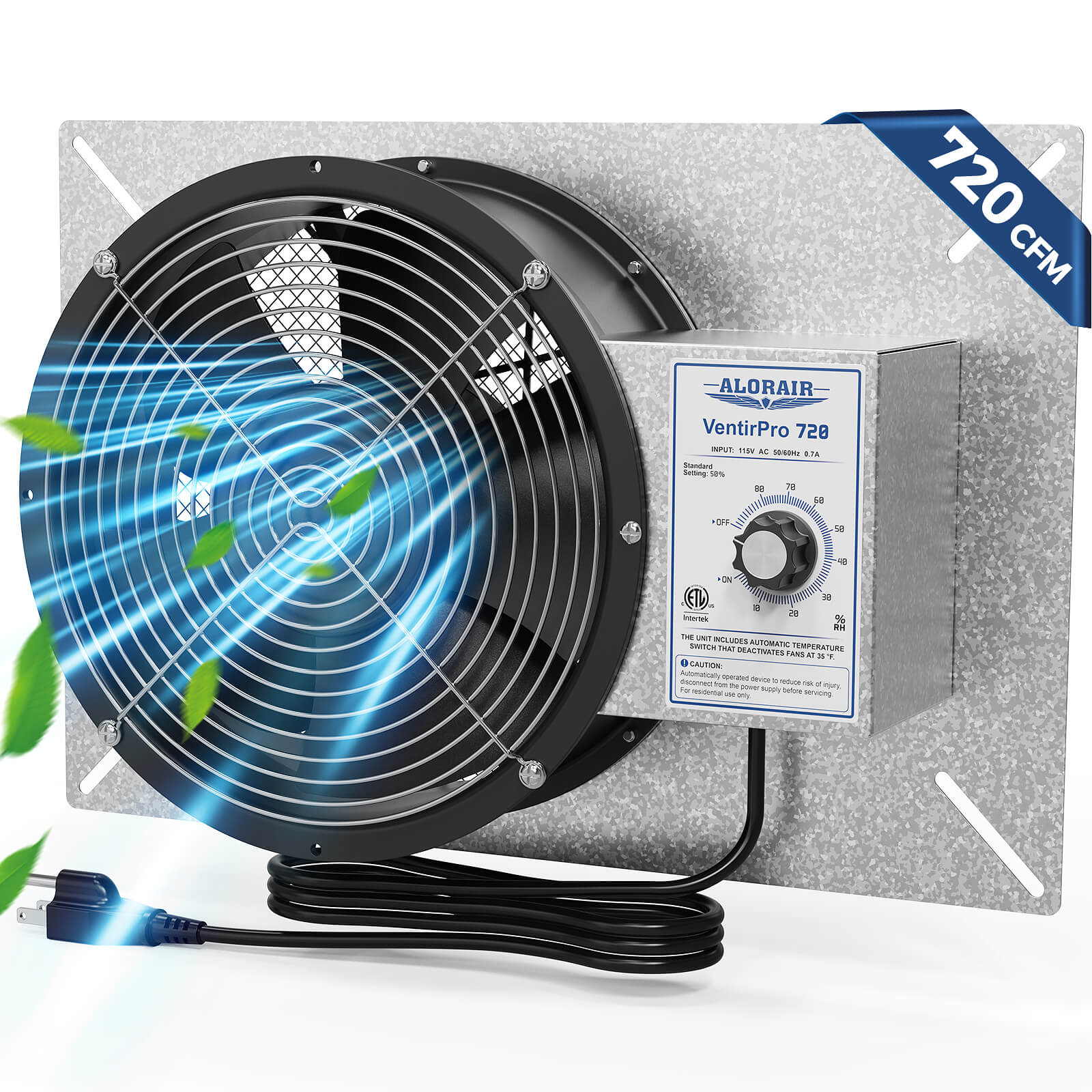



.jpg)
.jpg)







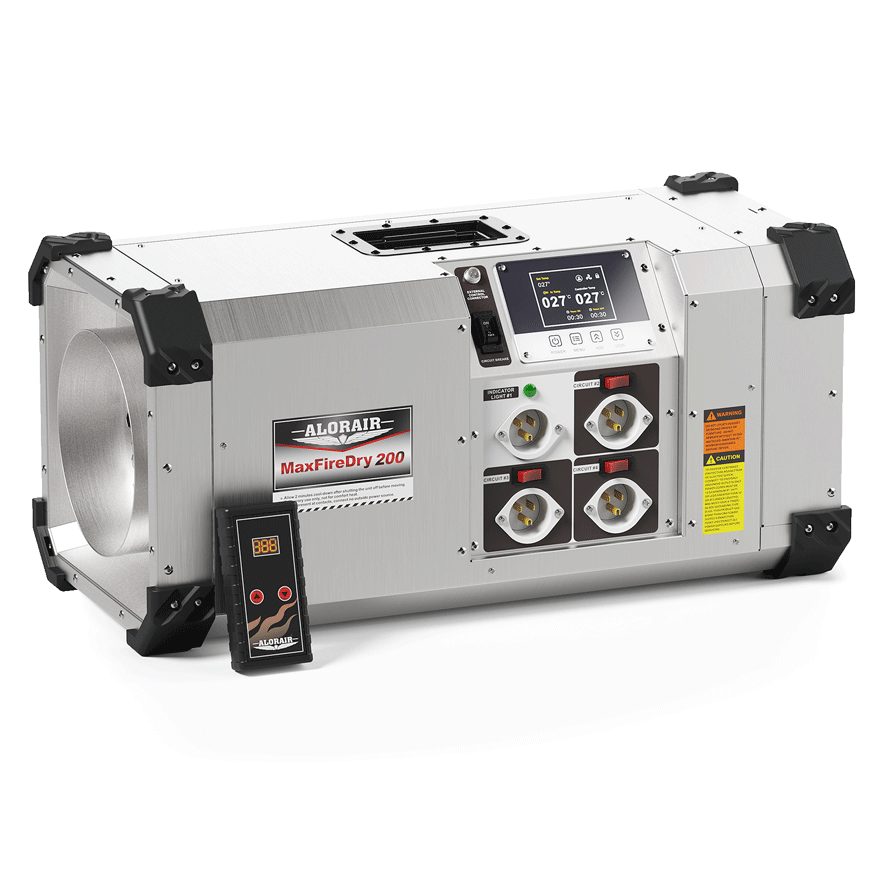
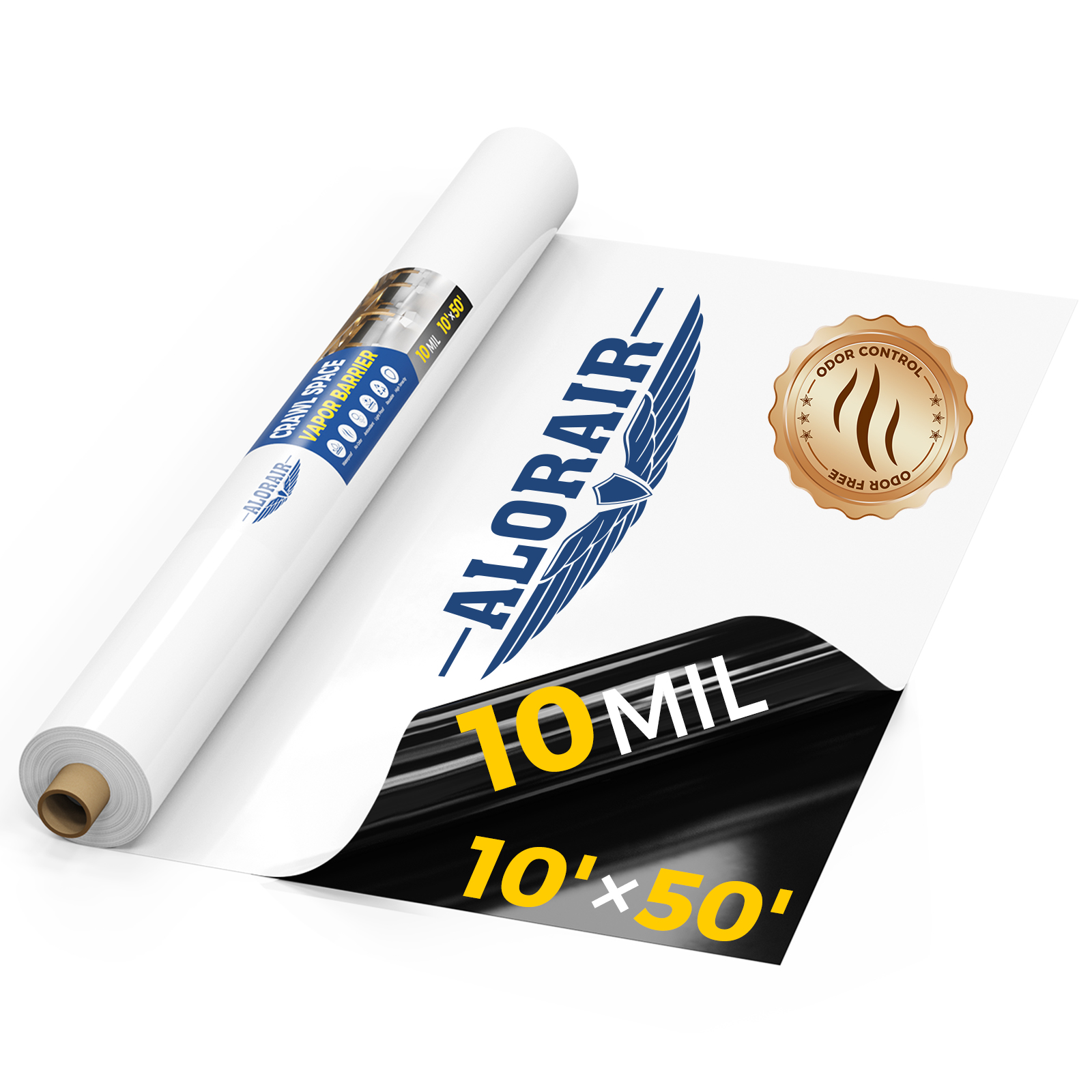







-.jpg)
.jpg)

.jpg)
.jpg)





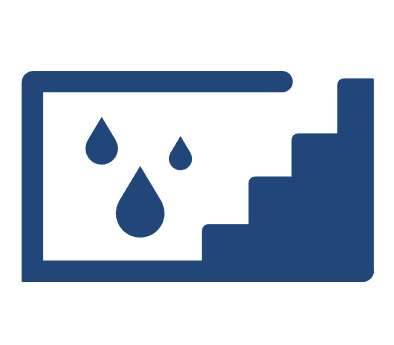






















 Exclusive offers
promotions
Exclusive offers
promotions


Hello,
I need to dehumidify an unheated cellar in an 18th century farmhouse w field stone foundation. It gets quite damp in early to mid spring. The air temp in the cellar during this critical period is in the range of 35 – 50 deg F. While I see from the specs that your condensor dehumidifiers will work down to about 34 deg F, I have been told that the efficiency of any condenser type dehumidifier drops way off at these lower temperatures, because the coils freeze up; the defrosting needs to come on frequently and for longer periods, and while this is happening the units don’t do any dehumidifying. What would you recommend for this application?
Thank you.
Ken S
NY